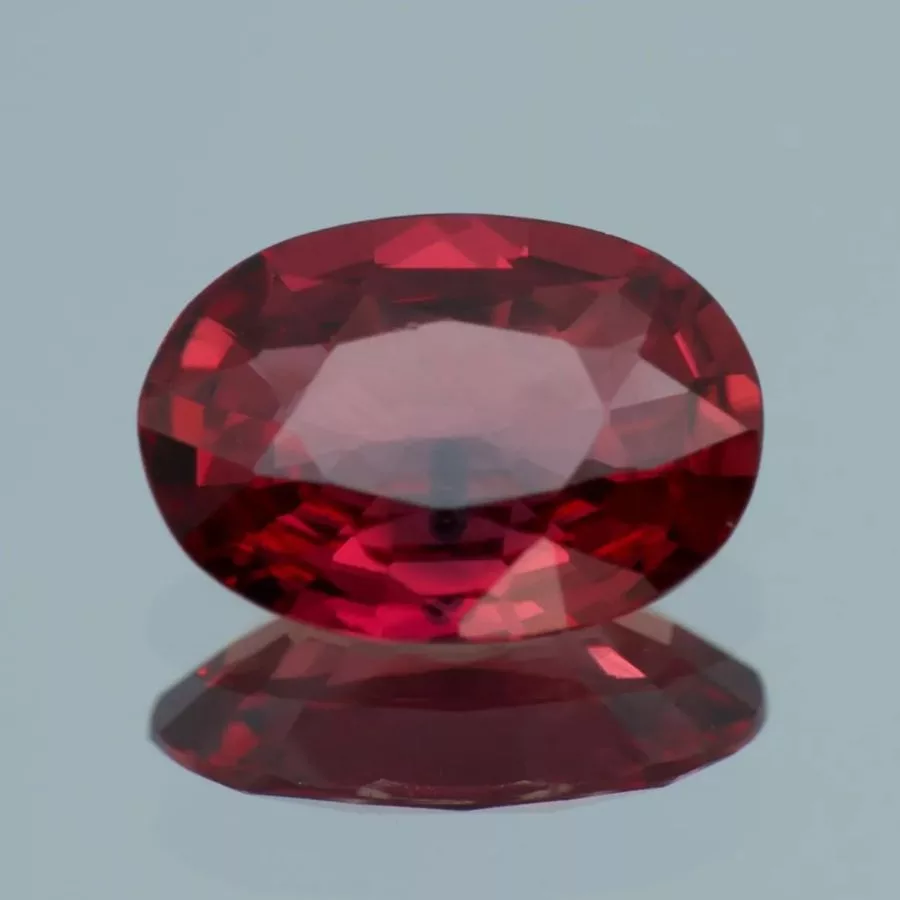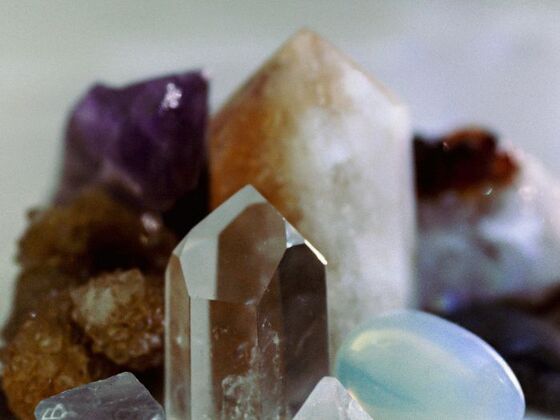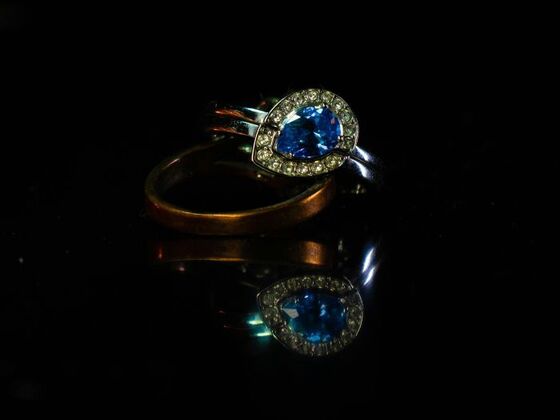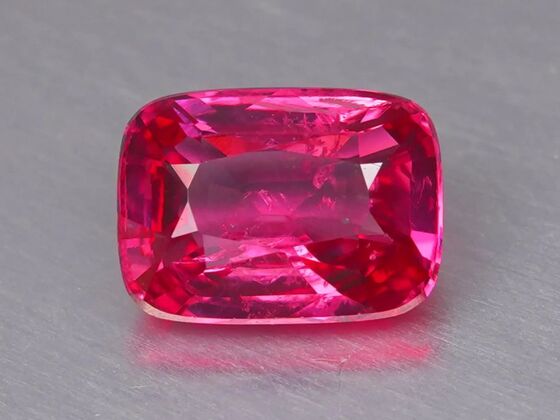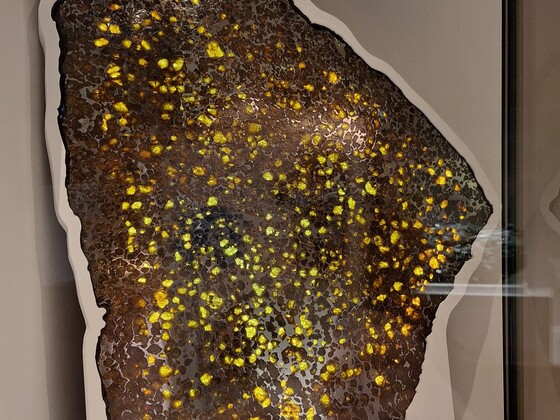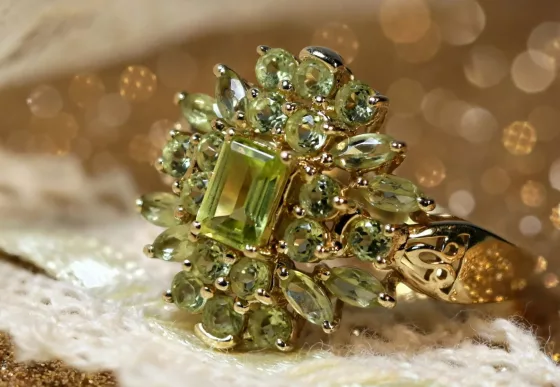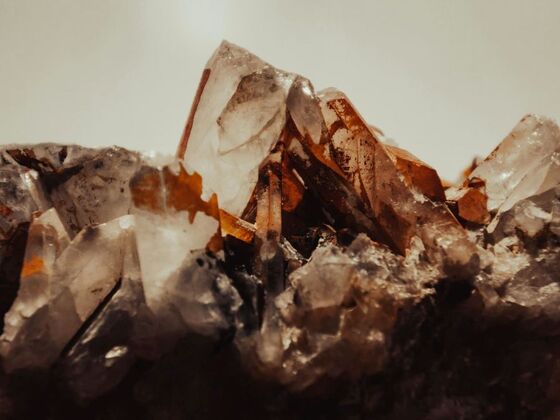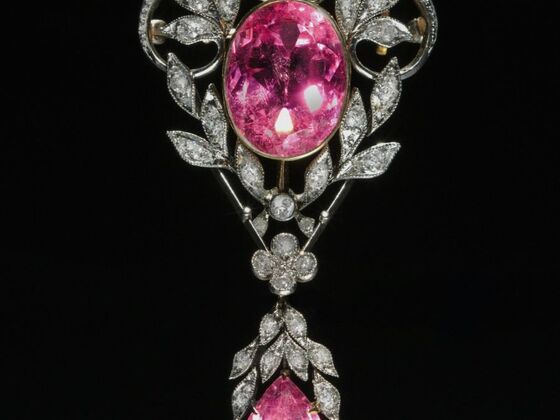Rubies have fascinated civilisations for millennia. With their fiery red brilliance, these gemstones have been revered as symbols of power, passion, and protection. Today, the ruby remains one of the most coveted gems, cherished for its beauty, rarity, and storied history. Let’s explore the rich history, enduring symbolism, and modern significance of rubies.
The Ancient Allure of Rubies
Rubies have been treasured since ancient times. The earliest records trace their use to India and Southeast Asia, where rubies were known as ratnaraj—the “king of precious stones” in Sanskrit, underscoring their royal and sacred status. Ancient Hindus classified rubies into three grades based on their beauty and flawlessness, reflecting deep cultural appreciation.
In Burma (now Myanmar), a significant source of these gems since at least 600 AD, warriors believed that they made them invincible in battle. They didn’t just wear rubies; they sometimes inserted them into their flesh, thinking this would grant ultimate protection. The Romans, too, prized the ruby for their hardness and density, as noted by Pliny the Elder in the first century AD. Rubies are also mentioned in the Bible, associated with beauty and wisdom, further cementing their status as a gem of great significance.
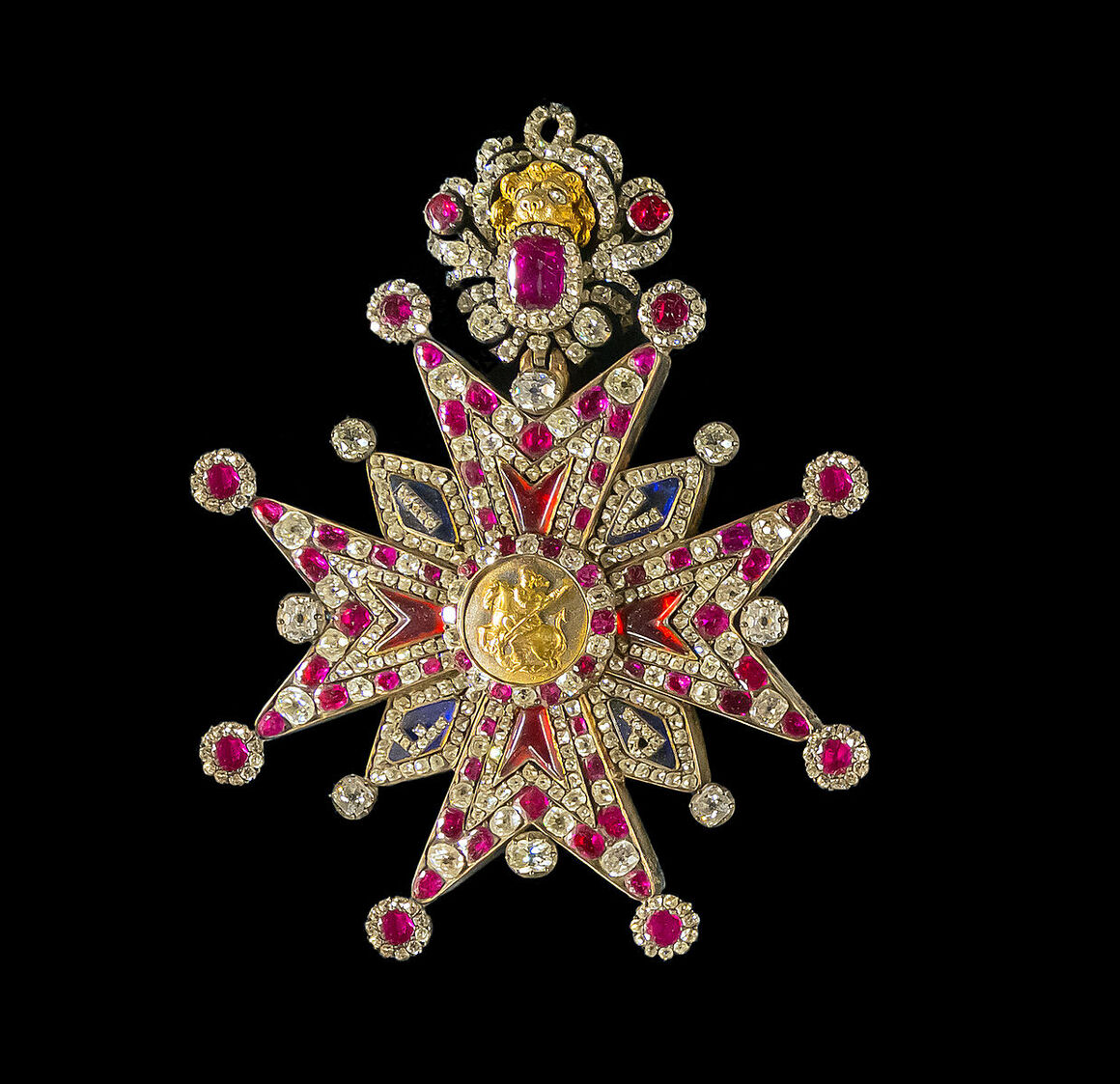
Symbolism and Legends
Across cultures, rubies have symbolised power, wealth, and supernatural protection. In India, people believed owning these gems would ensure peace with enemies and bring prosperity. In China, rubies were thought to ward off evil spirits and secure good fortune; Chinese noblemen even adorned their armour with rubies for protection, and some buried rubies beneath building foundations to bring luck.
Hindu mythology associated rubies with the goddess Lakshmi, the embodiment of love, beauty, and prosperity. Offering them to the god Krishna was believed to guarantee rebirth as an emperor. The gem’s blood-red colour connected it to life-force and healing, with legends claiming that rubies could boil water or shine through clothing, thanks to an “inner flame”.
In the West, these gems became a symbol of love, passion, and commitment, making them a favourite among royalty and the upper classes. Medieval Europeans believed rubies could guarantee health, wealth, and success in love.
Science and Mystique
Rubies derive their signature red colour from trace amounts of chromium within the corundum mineral family. This chromium not only creates their vibrant hue but also causes rubies to emit intense fluorescence under ultraviolet light, making them appear to glow from within. Scientists and gem enthusiasts alike marvel at this striking visual effect.
On the Mohs scale, rubies rank at 9, just below diamonds, so that you can rely on their exceptional hardness for durability in everyday jewellery. Their brilliance and lustre set them apart as some of the world’s most sought-after gemstones.
Legends about rubies’ inner glow abound because their natural fluorescence and vivid colour inspired ancient cultures. People once believed that these gems held an inner flame, capable of generating light and heat even in the darkest of darkness. Some stories claimed rubies could boil water or shine through clothing, attributing supernatural powers to these remarkable gems. Today, both gemology and folklore continue to celebrate the unique blend of science and mystique that makes rubies so captivating.
Modern Meaning and Use
The Ruby symbolises love, passion, and vitality today. As the birthstone for July, they are traditionally associated with gifts for the 15th and 40th wedding anniversaries. Jewellery designers and collectors consistently choose rubies for engagement rings, anniversary jewellery, and luxury collections, drawn to their rich colour and storied past.
Many people still believe rubies offer healing properties that promote confidence, vitality, and emotional wellness. Whether you wear them as a talisman or a statement of elegance, they command a unique place in both ancient lore and modern style.
How to Choose and Care for Rubies
When you select a ruby, prioritise colour. The most valuable rubies exhibit a vibrant, pure red with a hint of blue, often referred to as “pigeon’s blood” red. Clarity and cut also influence value, but you will usually find inclusions, which can sometimes enhance a ruby’s character. To care for rubies, clean them gently with warm, soapy water and avoid harsh chemicals or ultrasonic cleaners.
Conclusion
Rubies captivate with their beauty, legendary symbolism, and universal appeal. Ancient warriors, emperors, modern lovers, and collectors alike have drawn inspiration and desire from these gems for centuries. As the king of precious stones, the ruby stands as a timeless emblem of passion, power, and prosperity; an unrivalled treasure in the world of gems.
Frequently Asked Questions (FAQ’s)
Rubies are prized for their vibrant red colour, rarity, and exceptional hardness. The most valuable ones display a pure, vivid red known as “pigeon’s blood” and have minimal inclusions. Their historical significance and enduring symbolism also add to their value.
To identify a genuine ruby, look for natural inclusions under magnification, check for a rich red colour, and consider the gem’s hardness. Professional gemologists use advanced tools to confirm authenticity, so it’s best to request a certificate when purchasing.
Clean your jewellery with warm, soapy water and a soft brush. Avoid harsh chemicals and ultrasonic cleaners, as these can damage the stone or its setting. Store ruby jewellery separately to prevent scratches.
Some people use them in crystal healing practices to enhance confidence, boost energy, and promote emotional balance. Although these effects have not been scientifically proven, rubies remain popular in holistic wellness.
Ready to Start Your Gemstone Journey?
Don’t wait to discover the world of gemstones! Explore these essential reads right away.
Fascinated by this article and want to deepen your gemstone expertise? Dive into our comprehensive Gemstone Encyclopedia. Here, you’ll discover detailed information about hundreds of precious and semi-precious stones, including their properties and values.
For those interested in the rich cultural significance and fascinating stories behind these treasures, our History section offers captivating insights into how gemstones have shaped civilisations. Or perhaps you’d like to learn more about birthstones?
And if you’re considering gemstones as more than just beautiful adornments, visit our Precious Metal Investing guide. Here you will learn how these natural wonders can become valuable additions to your investment portfolio.
